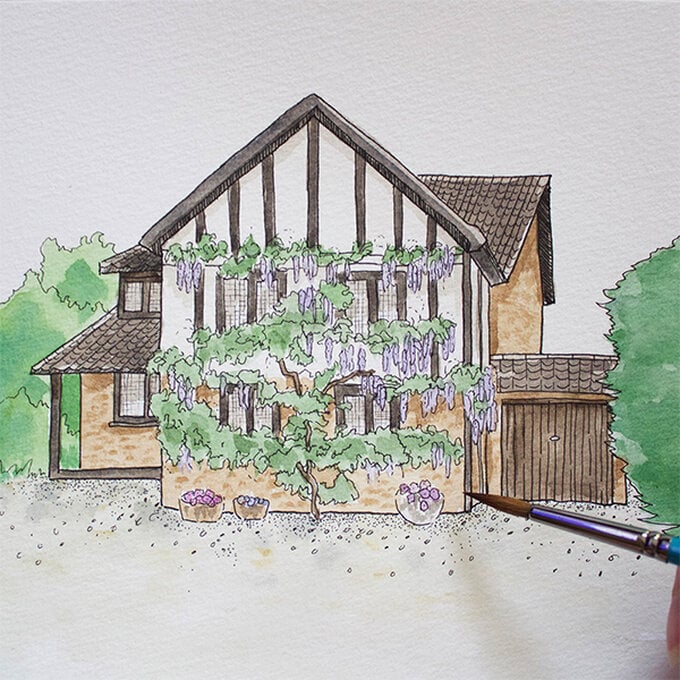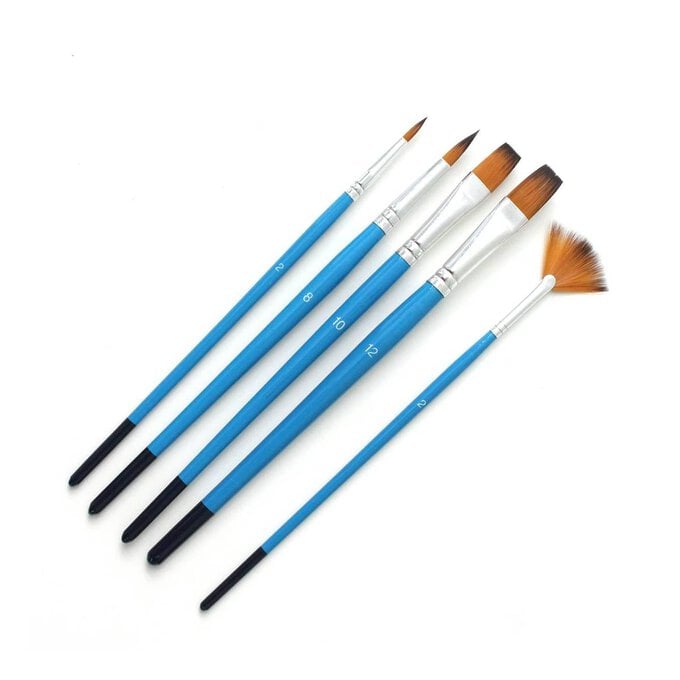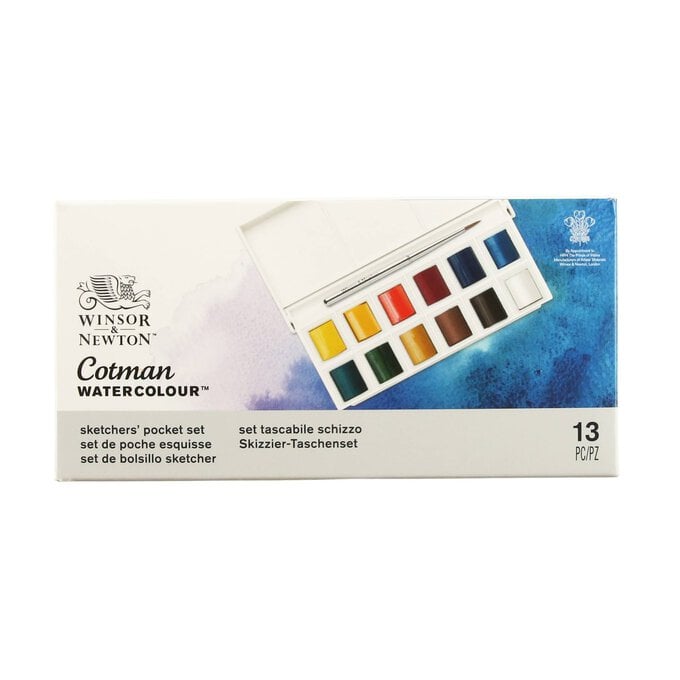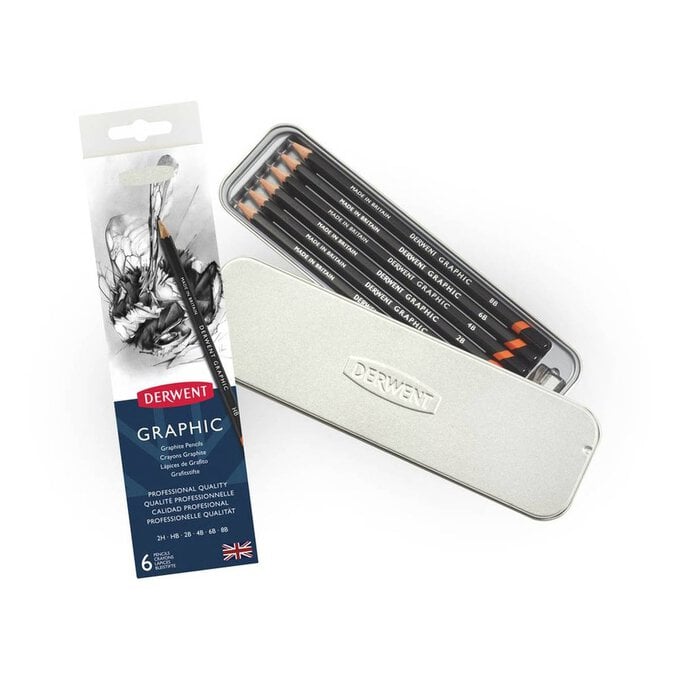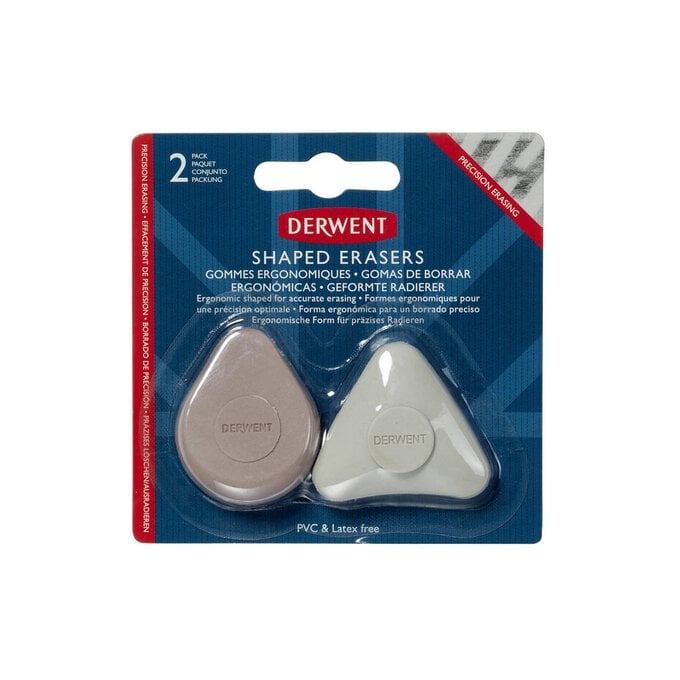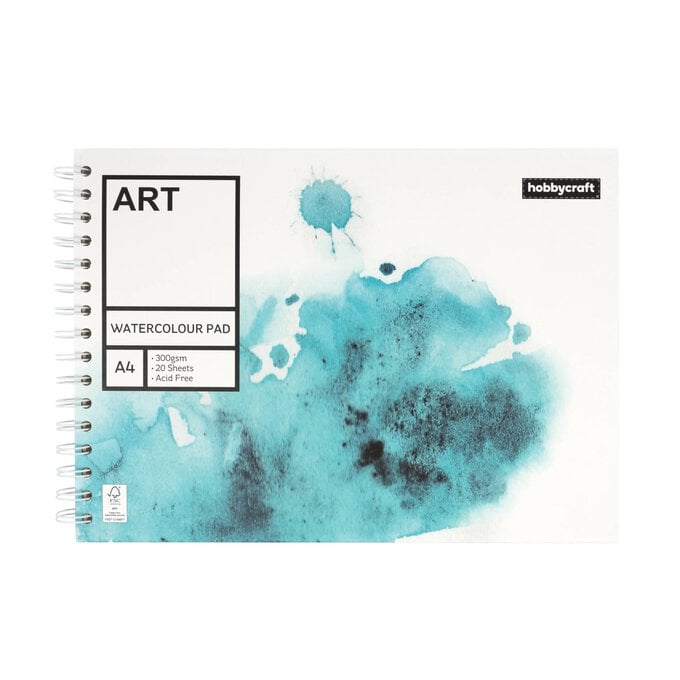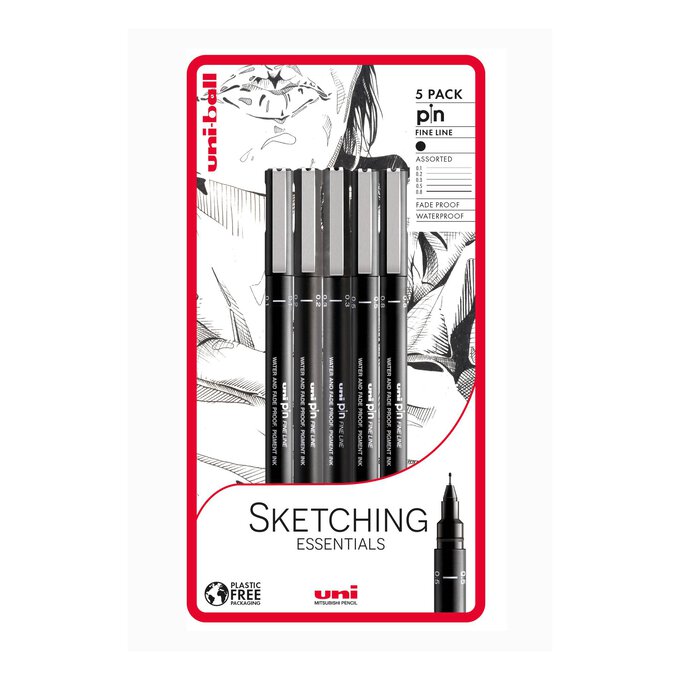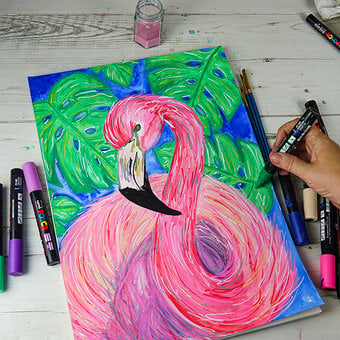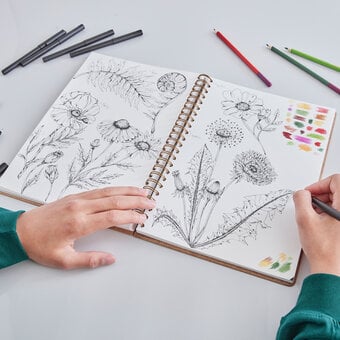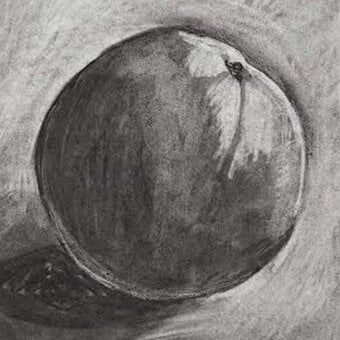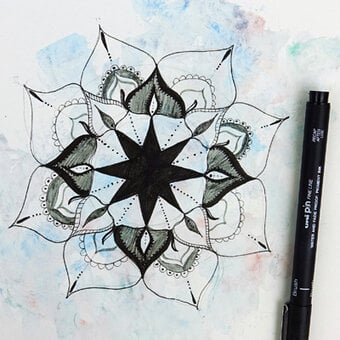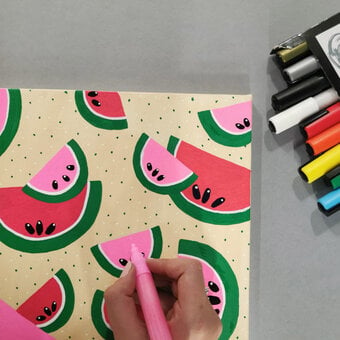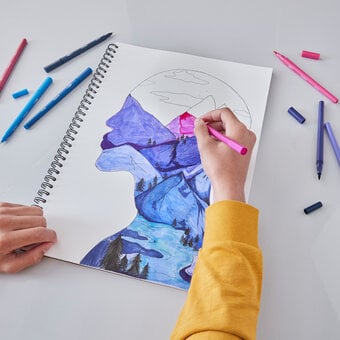Get Started in Drawing with Fineliners
With the guidance of Hobbycraft Artisan Charlotte Baker, beginners can get to grips with drawing using fineliners! A bold way to express yourself, fineliners can be used to create thick or thin marks in countless ways for unique illustration. Discover fantastic fineliner drawing techniques with our simple guide.
In this tutorial, we'll be looking at mark-making, as well as providing a step-by-step guide to using the pens to create a beautifully illustrated house! We will specifically be looking at the Uni-ball Pin line drawing pens.
Project and instructions by Charlotte Baker
You will need
Subtotal
Is $ 11.00
Subtotal
Is $ 30.00
Subtotal
Is $ 14.00
Subtotal
Is $ 6.49
Subtotal
Is $ 12.00
Subtotal
Is $ 15.00
Subtotal
Is $ 16.00
Fineliners come in a wide variety of colours and nib sizes from 0.03-1.0, and even thin brush pens to suit whatever you are drawing. The Uni-ball Pin fineliners are super-pigmented pens that are waterproof and fade-proof. This means you can use them with a variety of wet media, such as watercolours or inks – fab for experimenting with and not having to worry about them smudging!

Mark-making with fineliners is about experimenting with the line, texture and thickness of the pen to give the effect you are after.
Stippling: Creating small dots with an extra fine nib to give detail. It works really well to focus on an area and build a gradient out to give a soft effect.
Hatching: Mark-making in the same direction using straight marks.
Random: Let your pen go with the flow on this mark-making technique and doodle to your heart's content! This mark is great for building up tiny bits of texture and detail – play around with how concentrated these lines are.
Flicking: Using the thin brush pen to build up texture by flicking in a curved way, following the contours. You can achieve a flicked texture using a thinner nib too.
Cross-hatching: Mark-making in opposing directions to create a layered mesh effect. This mark is fab for building up depth without filling in a whole section with the brush pen.
Circular: Use curly marks that are great for fluffiness and texture!

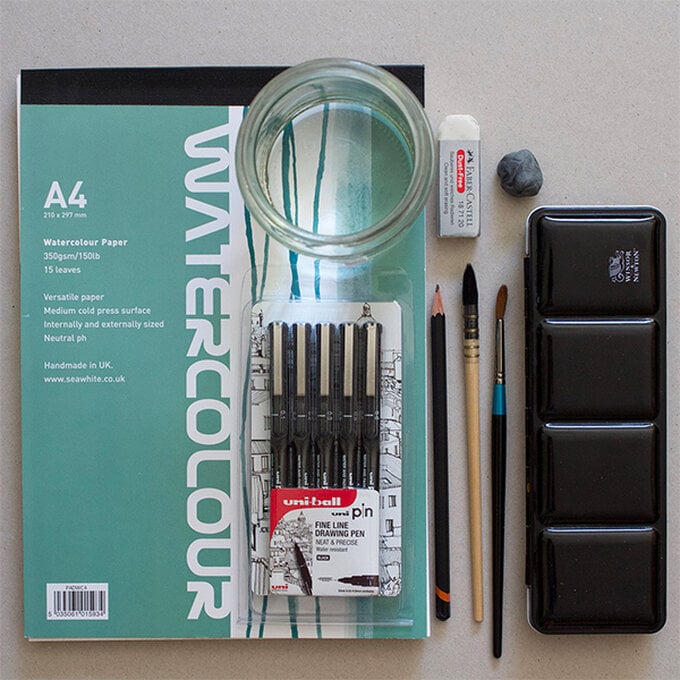
Draw out your design of the house using a HB pencil, making sure to draw out the biggest shapes first before adding smaller detail.
You do not have to draw all the detail in but I like to plan out what types of mark-making I want to do in each section. In this drawing, you can use a ruler if you want clean lines but I like the imperfect look.
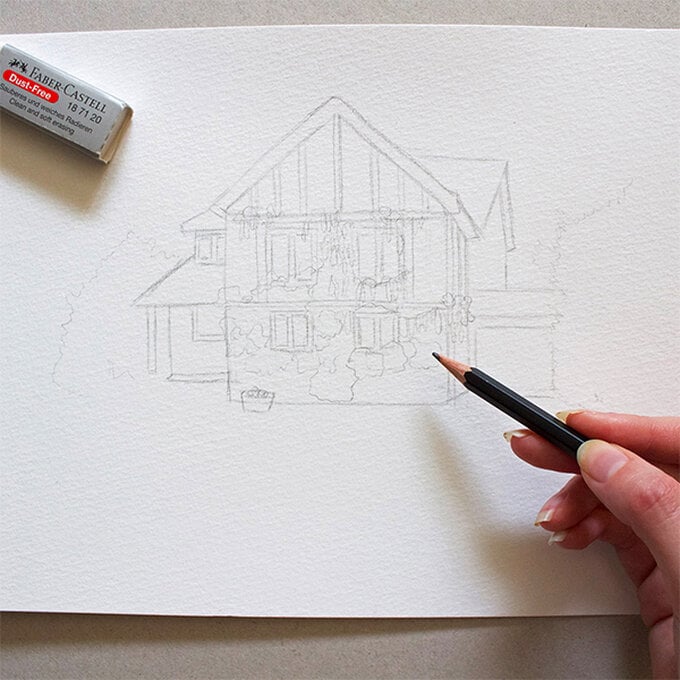
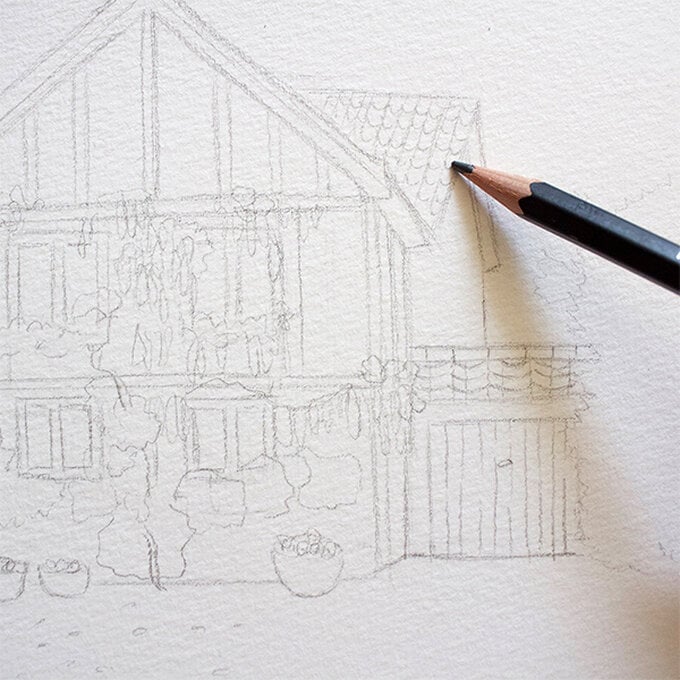
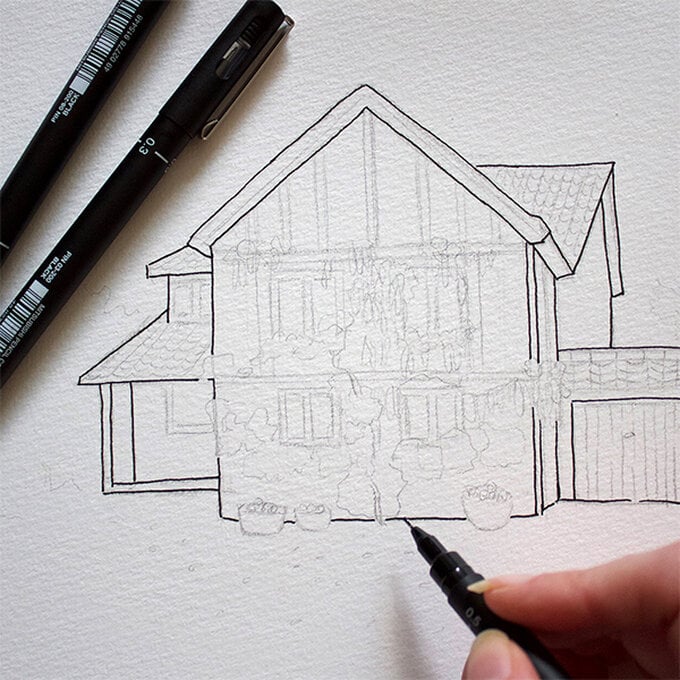
Use a thinner 0.1 nib fineliner to add in details of any foliage on or around the house.
There is a lot of flowers and greenery on this house so I drew it in first as it is in front of other details like windows. I used quite wobbly, uneven lines to get a sense of the texture and added some stippling dots on the flowers for details.
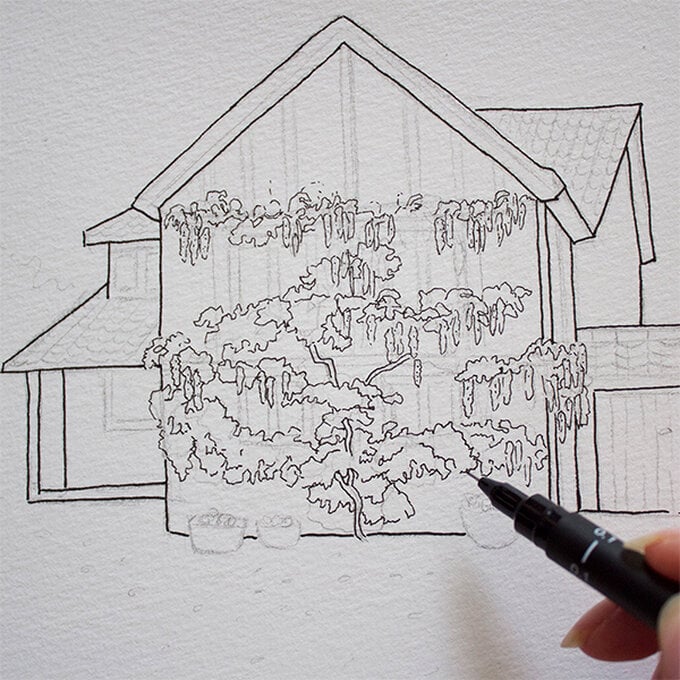
Draw in the windows and other outlining details using a 0.3 nib fineliner. Use dashed lines to create interest on the garage or anywhere where you do not want a solid line.
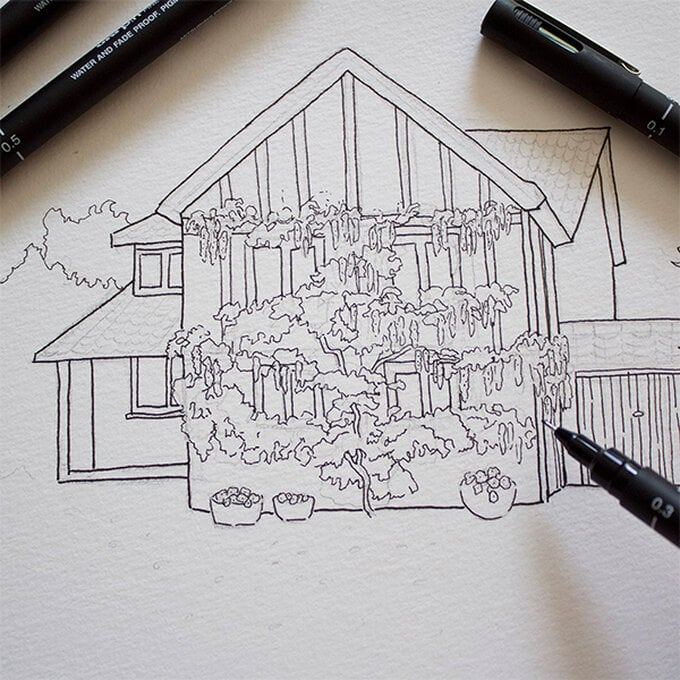
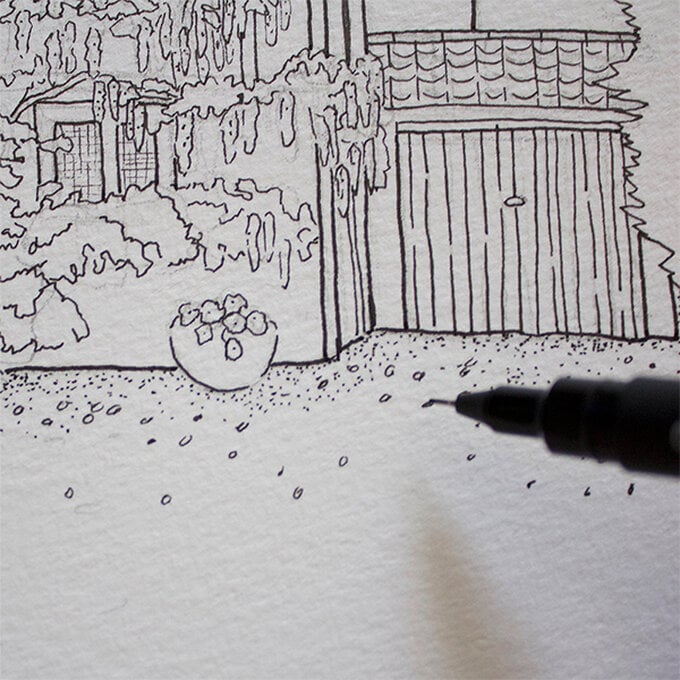
Outline the last small details. Achieve the texture of the roof tiles by drawing soft 'U' shapes and adding in details on the windows using dashed cross hatching lines using the 0.1 nib pen.
You can also add in close hatching using a 0.5 nib on the roof where it is darkest to create contrast without solidly shading it in.
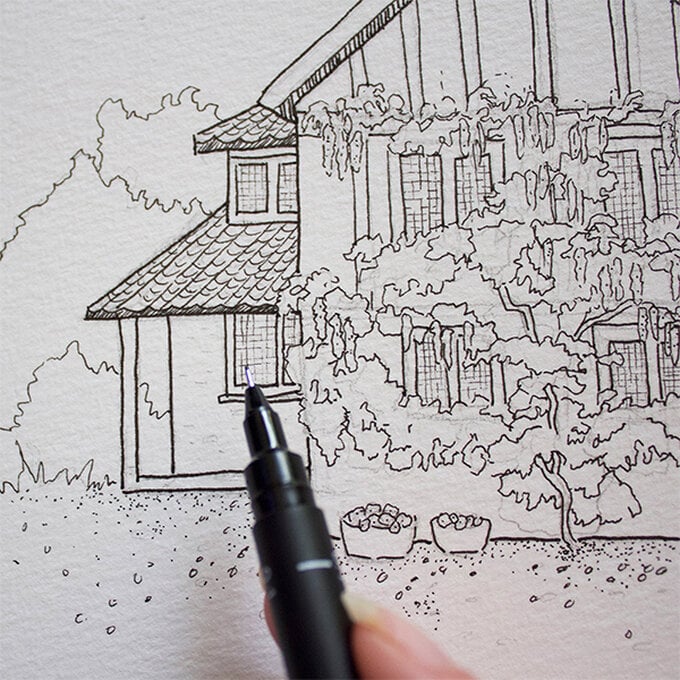
Erase all of your pencil marks underneath.
Make sure to always leave at least 10 seconds between finishing outlining and erasing, otherwise it may smudge your pen.
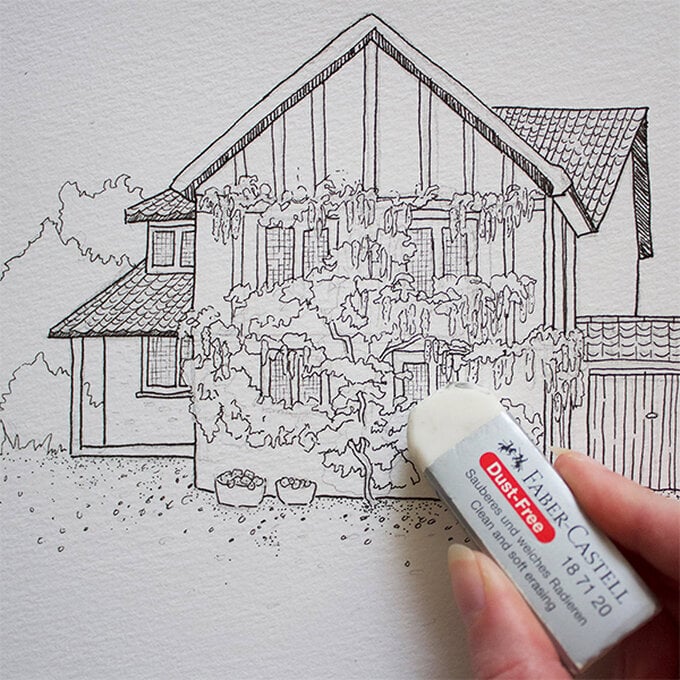
Use watercolours if you wish to give colour to your piece.
Always double-check if your fineliners are waterproof – the Uniball Pin pens are water-resistant.
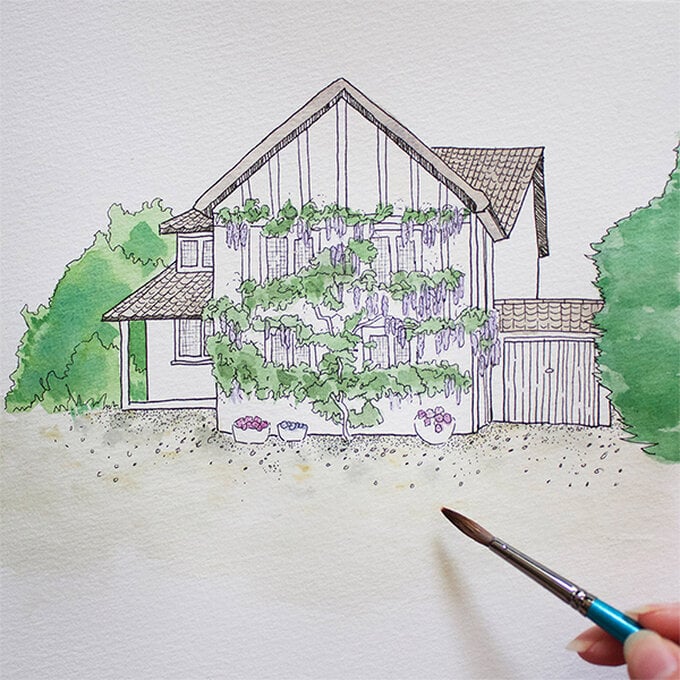
Build up your watercolours lightest first and use the wet-on-wet technique to add colour to large areas.
Tip: Keep on layering until you achieve the contrast and colour you would like.
